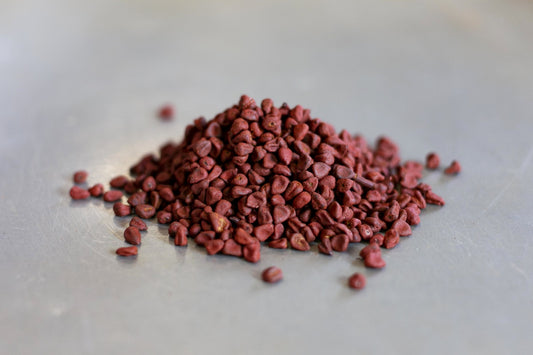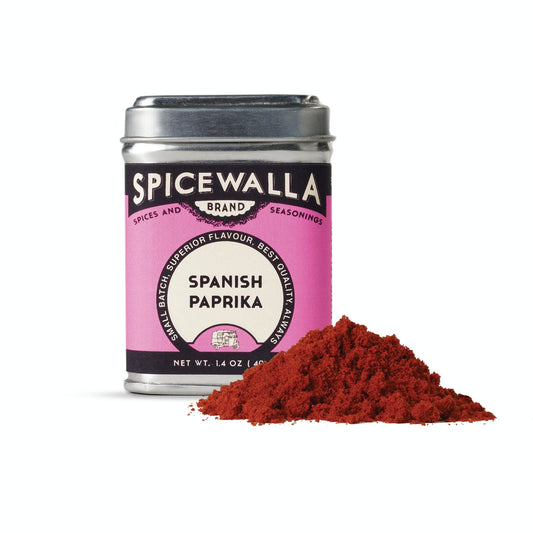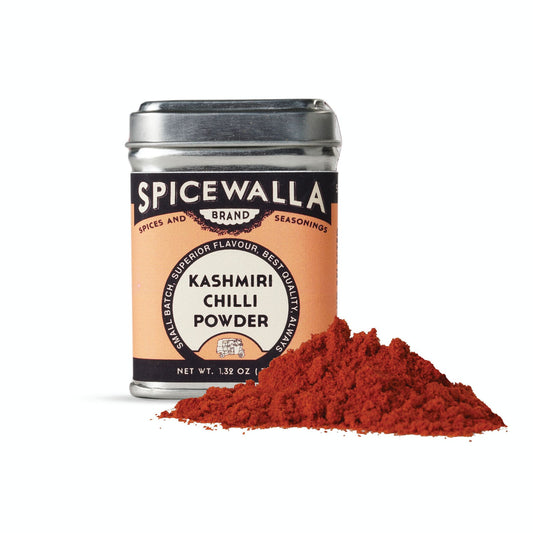
Like many holidays celebrated in the United States, the Easter we celebrate today is full of biblical symbolism, with a healthy dose of Pagan tradition. Easter is the holiday celebrating the resurrection of Christ, an event that is essentially the foundation upon which Christian religions were built. Somewhere along the way, the Easter Bunny and his Easter eggs come into play, acting more or less as the Santa of spring, distributing colorful eggs, chocolates, and candies to well-behaved little boys and girls. This tradition in the United States originally comes from the Germans who settled in Pennsylvania and went on and on about an "Osterhase," an egg-laying hare whose colorful deposits (eggs) were plopped in little nests and baskets set out by children the night before. Children would also leave carrots for the bunny in the event he worked up an appetite while hopping around from house to house.

Decorating eggs for Easter is a tradition that dates back to the 13th century. Pagans held festivals celebrating spring and used eggs as a symbol of new life, while Christians took Easter eggs to represent the resurrection and Jesus' emergence from the tomb. Another eggsplanation suggests that eggs were formally forbidden to be eaten during the Lenten season and so they were painted and decorated to mark the end of the period of fasting and penance. Then on Easter, there was a feast of eggs.

Regardless of the reason for the season, each year we purchase brightly colored plastic eggs to fill with candy or color our hardboiled eggs with fluorescent, store-bought dyes. So this year we thought we'd eggsperiment with spices to dye our eggs! Here's how we did it.

We tried a few different methods to dye the eggs. We started by hard boiling the eggs for 8 to 12 minutes and then soaking them in a cup of water mixed with a tablespoon distilled white vinegar and our spices for color. We knew we could use Spicewalla Ground Turmeric to get a bright, happy yellow. We used Spicewalla Annatto Seeds, Kashmiri Chilli Powder, and Spanish Paprika in hopes of creating a red hue. Spicewalla Dill Weed and Parsley were used in hopes of creating green, and Lavender flowers for a pinkish tint. Full disclosure: some of these dyes worked more successfully than others, for instance, it turns out that if you try to dye an egg with Blue Poppy Seeds you will just end up with a poppy seed covered white egg!

After a couple of hours of waiting for the eggs to soak up their pigments and seeing barely any result, we tried another method and found it to be more successful! By boiling the eggs and spices in your water-vinegar mixture (for every cup of water, 1 tablespoon of distilled white vinegar), we saw the Easter eggs begin to take on the colors!

The turmeric, as eggspected (sorry, I can't stop!) gave us a nice yellow color that we were pretty happy with, while the annatto, Kashmiri chilli, and Spanish paprika dye ended having a little more of a rust color. The dill and parsley gave off a more muted, pale green when boiled, and the lavender was a light, rosy pink. We added lemon juice to the lavender flowers to activate the pigment and sure enough, it brought out a much brighter shade.

So when it comes to your Easter eggs, if you're looking for eggs with electric, vibrant colors, maybe stick with the Paas tablets. If you want to go the natural, earthy, muted route, look to your spice rack and have an eggcellent Easter!










